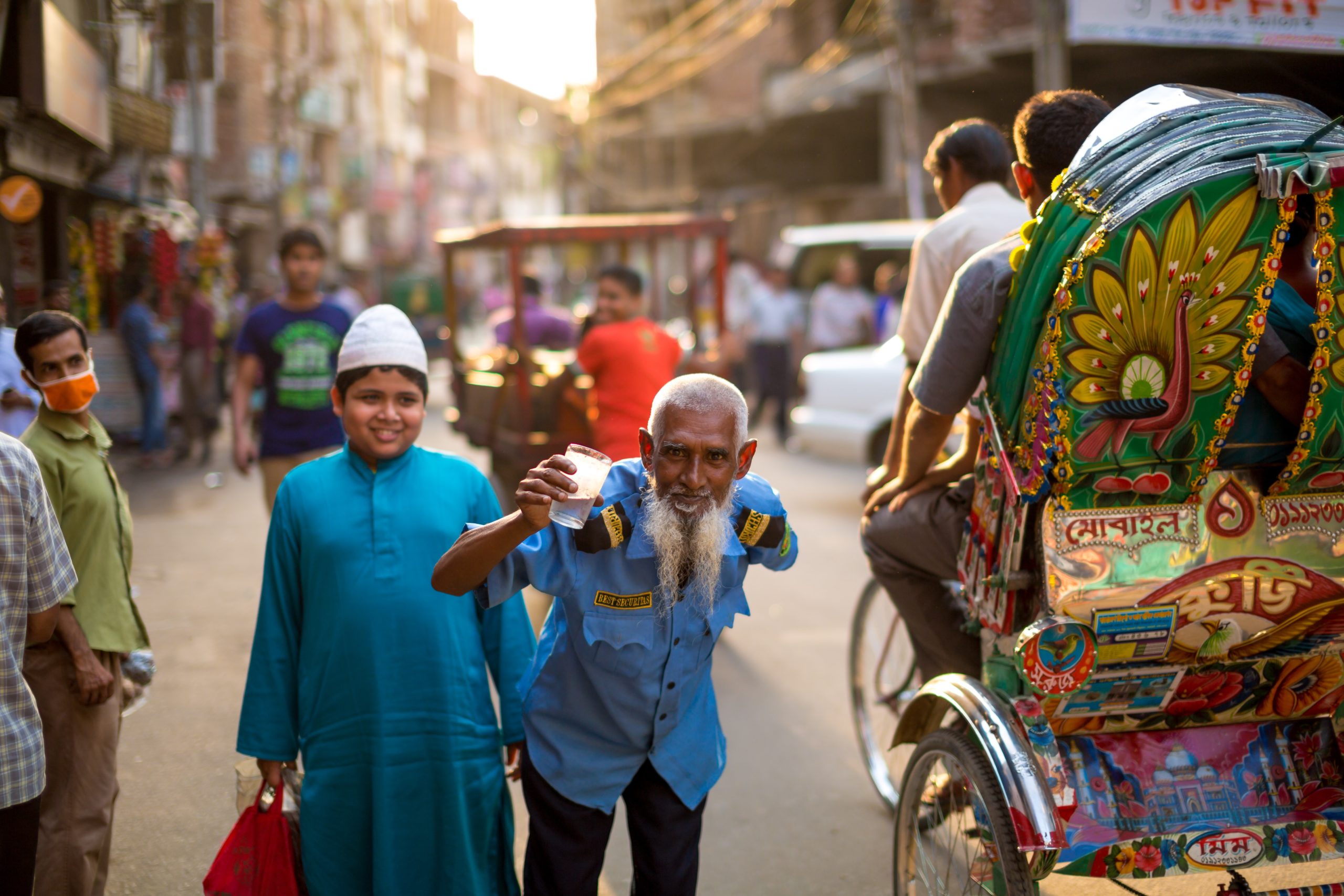From its earliest days as a trading lingua franca to the present day, Bengali has played a leading role in the cultural and economic development of South Asia. Its 200 million speakers form a massive market that farsighted businesses are eager to explore, backed by expert help from professional Bengali translators.
With a history stretching back over 1,000 years, Bengali (Bangla for natives) is the official language of Bangladesh. Ranking seventh among the world’s most widely spoken languages, it is also spoken in parts of India, Pakistan, and Nepal.
Jahrtausende bengalischer Kultur
Als Mitglied der indoarischen Sprachfamilie hat sich Bengalisch aus zwei alten Sprachen entwickelt: Sanskrit und Prakrit, von denen alle drei von links nach rechts geschrieben werden.
Bengali literature began to appear in the 12th century CE, with works such as the Charyapada, a collection of Buddhist mystical poetry. In subsequent centuries, Bengali writers flourished under the patronage of Muslim dynasties.
The British Raj had sweeping impacts on Bengal and its culture. An official language of British India since 1837, Bengali became one of the official languages of Pakistan after Partition (1947).
Rich in literature and culture, Bengali is the medium of expression chosen by many great poets and writers. But it was only in the 19th century that the Bengal Renaissance led to a resurgence of Bengali as a literary and cultural phenomenon. A plethora of intellectual, artistic, cultural, and social initiatives thrived in the Bengal region of the British Raj from the late 1800s to the eve of World War II.
In 1971, Bangladesh declared independence from Pakistan, when Bengali once again became an official language of an independent nation. It is also among the 22 official languages of India.
Muttersprache-Märtyrer
Im Jahr 1952 wurden mehrere Menschen getötet, während sie gegen Urdu als einzigste offizielle Sprache Pakistans protestierten. Dieses Kapitel der Geschichte wird jetzt als der Märthyrertag (Shaheed Dibosh) in Bangladesch gefeiert, während die Suche nach Opfern immer noch weitergeht.
Half a century later, UNESCO honored the world’s only language martyrs by declaring February 21 as International Mother Language Day. This tribute is designed to promote multilingualism and enhance awareness of cultural and linguistic diversity.
Wirtschaftsmacht in Südasien
Die Wirtschaft von Bangladesch ist unter den führenden Märkten in Südasien, wobei Bengalisch eine wichtige Sprache für Handel und Geschäft ist. Der Bengalisch sprechende Markt ist jedoch global, da Unternehmen sich darum bemühen, das unerschlossene Potential zu erkunden.
The Bangla diaspora is estimated to encompass more than thirteen million Bangladeshis living abroad. An estimated two million Bengalis are working in the IT industry in India, while major Bangladeshi outflows settled in Saudi Arabia and other Persian Gulf nations. The UK is home to the largest Bangladeshi community in Europe, with significant groups in the USA, as well as South Africa, Canada, and Australia.
Takeaway: Historically, Bangladesh, and the Bengali language, has always represented a crossroads, located strategically between Pakistan and India. Ranked among Goldman Sachs’ Next Eleven as an emerging market, it appeals to businesses eager to explore new frontiers—reason why it’s important to seek the professional backing of experienced linguists like Trusted Translations can offer.
Photo by Kelly at pexels.com

